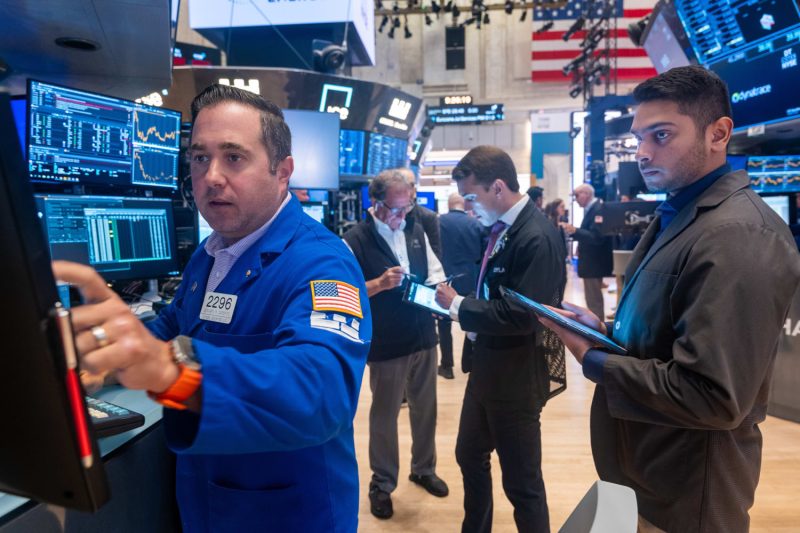The U.S. stock markets faced a significant decline, closing sharply lower in a recent trading session. However, many economists are maintaining an optimistic stance. They believe that the overall U.S. economy remains generally stable, notwithstanding the recent slump in the markets.
The Dow Jones Industrial Average, S&P 500, and Nasdaq Composite Index all registered considerable losses at the close of trading, painting a grim picture for investors and shareholders. Several sectors, such as tech, healthcare, and consumer discretionary, faced crucial downfalls contributing to this noticeable drop. The abrupt descent has been largely attributed to inflation concerns, rising interest rates, and geopolitical tensions, all of which have led to heightened market volatility.
Undeniably, economists have noted increasing inflation levels and rising commodity prices, which in turn stir fears of an imminent hike in interest rates. However, the Federal Reserve has repeatedly assured that its ongoing commitment is to continue targeting a 2% inflation rate, intending to manage inflationary pressures strategically and efficiently.
Amid the dip in markets, economic indicators remain largely positive. The U.S. unemployment rate continues to decrease steadily as businesses are reopening and increasing hiring following the devastating impact of the Covid-19 pandemic. Meanwhile, consumer spending, a significant pillar of the U.S. economy, has been relatively robust despite the fluctuations in the markets.
Moreover, the housing market is showcasing resilience and growth. Houses’ selling prices are going up, signaling strong demand, while construction data indicates a steady supply line. This growth in the housing market can lead to an increase in consumer spending on housing-related items, further fueling the economy.
Positive signs are also seen in manufacturing and services sectors, which continue to rebound. The Institute for Supply Management’s manufacturing and service sector indexes have remained in the expansion territory, indicating continued growth.
As an additional positive indicator, the U.S. GDP growth continues to show resilience, with economists projecting an upside risk to growth in the coming quarters while handling inflationary pressures.
However, it is essential to note that markets and the economy are two different entities. In the short run, markets react to a plethora of factors such as profit booking trends, company news, and global cues apart from economic fundamentals. So it is possible for the markets to fall while the economy remains resilient and vice versa.
Henceforth, despite the recent hiccup in the U.S. stock markets, economists believe the underlying economic recovery seems more stable and resilient. The optimism is founded in the continuous increase in employment, a strong housing market, expansion in the manufacturing and services sectors, and a predicted growth in GDP.
Adding to this, solid corporate earnings from a wide array of sectors and industries provide additional strength to the U.S. economy. This signals to investors that while market corrections might pose short-term challenges, the medium to long-term prospects for the U.S. economy remain favorable.
While investors and market participants need to remain vigilant about potential risks such as inflation and geopolitical unrest, the underlying factors suggest that the U.S. economy will continue to weather these challenges. As economists and financial analysts closely watch the progress, the general sentiment is one of cautious optimism.




